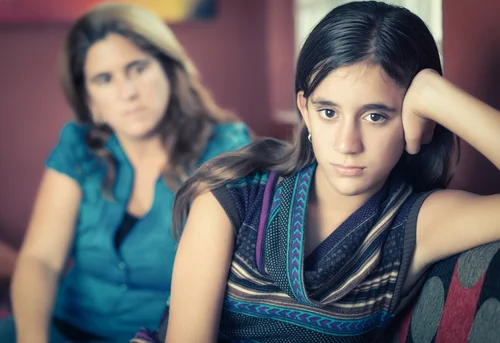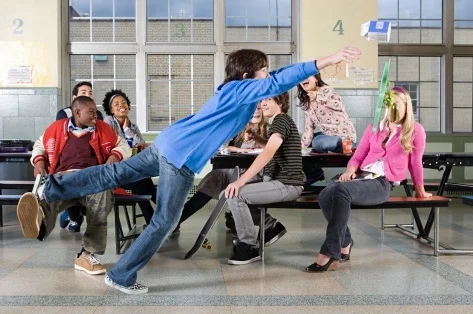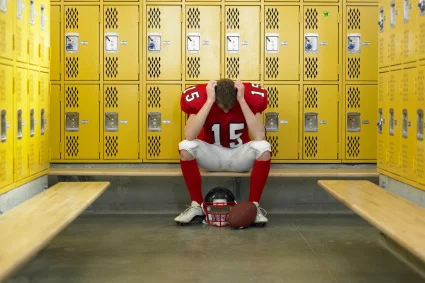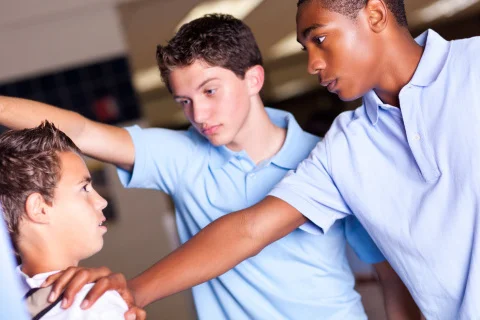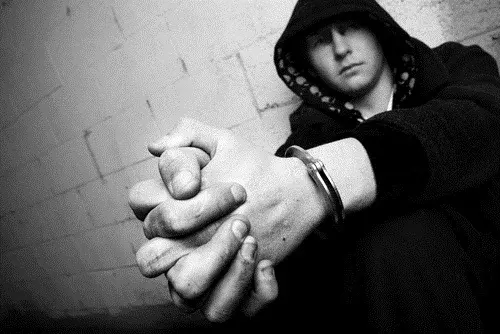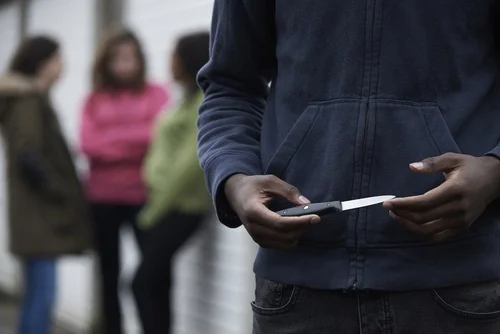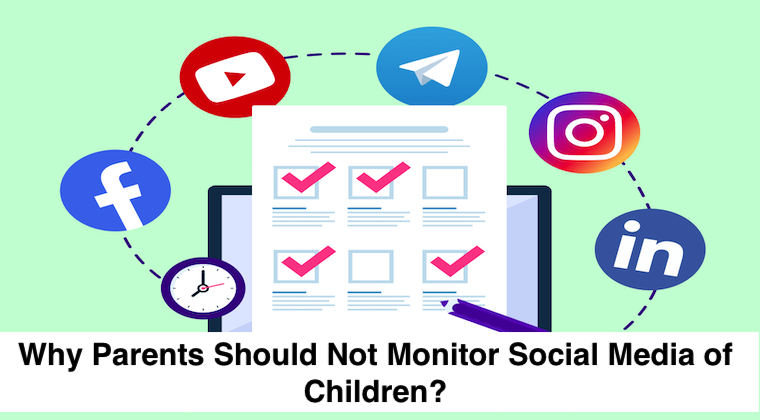+1 845 259 2974 (11 a.m to 7 p.m CST)
The working of anti-bullying programs in public schools

Research conducted throughout the world on school bullying shows that the culture is gaining a strong foothold in educational institutions where bullying incidents are reported to be on the rise. Psychologists have zeroed in on the opportunity to develop anti-bullying programs in schools around the world.
Bullying in schools is an old practice and the attitude towards this problem is still very traditional. In some cases the trend has resulted in incidents of school shootings in the U.S. by a lone gunman. As a result, the help of psychologists such as Dan Olweus, PhD, of Norway is being sought by teachers and legislators to develop an effective anti-bullying mechanism.
Olweus Bullying Prevention Program
Dr Olweus’s developed the Olweus Bullying Prevention Program which is regarded as a multipurpose and comprehensive system designed specifically to check incidents of bullying in schools. Though the program has been offered to all public schools in Norway under a government initiative, the acceptance for the same is gaining ground in the U.S. where it was termed by University of Colorado’s Center for the Study and Prevention of Violence as one of the 11 practical models to be implemented for reduction in violent incidents.
Wisdom from 1993
Dr Olweus, in his book titled Bullying at school: What we know and what we can do highlighted the typical characteristics of bullies and their victims.
Bullies: Have anger management issues while being strongly inclined towards the idea of physically and mentally domination of other students. Obviously, bullies are strongly built than the average crowd and they even use their size to challenge parents and teachers.
Victims: They are physically weaker than their peers. Bully victims are quite, withdrawn and have a low sense of self-esteem. Usually victims also show signs of depression and unhappiness.
Salient features of the program
The program revolves around four key principles, namely, creating a home/school environment that is based on: 1) warmth, positive interest, and adult supervision; 2) punishment for unacceptable behavior; 3) employing non-violent and non-physical forms of punishment, and, 4) adults who can act as authority figures and capable role models.
Bright tomorrow
In a time period of 20 years, the program has been evaluated six times. The results are as follows:
- The frequency of incidents of students getting bullied or bullying others decreased between 30-50 percent.
- Significant reduction of antisocial behavior among students.
- A healthy change in the school environment and improvement in results was observed.
- Improvement of student satisfaction level with school culture.
Research conducted by U.S. Department of Education and secret service, involving 37 school shootings, found that about two-thirds of school shooters felt bullied, threatened or harassed before acting up violently. Though most bullying incidents do not end in such extreme measures, still the emotional scars remain with both the victims and bullies for life.
A campaign launched in 2004 by the United States Department of Health and Human Services, titled “Take a Stand. Lend a Hand. Stop Bullying now!” used the research of Dr Olweus and other psychologists, including Dr Susan Limber to come up with ways on how to prevent bullying in schools.

